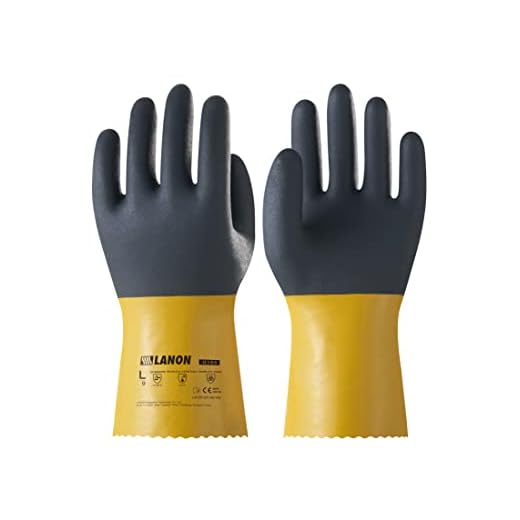

Utilising high-powered equipment can lead to severe abrasions and irritations on the epidermis if safety precautions are ignored. It’s crucial to wear appropriate protective gear, such as gloves and goggles, to mitigate risks associated with direct exposure to high-velocity jets.
Exposure to these powerful streams can strip away the protective oils on the body, leading to excessive dryness and potential skin damage. Understanding the pressure settings and distance while operating the device is vital to avoid injuries. Always maintain a safe distance, generally recommended to be at least 18 inches from the body.
If contact with the intense spray occurs, it’s imperative to assess the area immediately for any cuts, abrasions, or signs of irritation. Clean affected areas gently with soap and water, and consider consulting a healthcare professional if any adverse reactions arise.
Understanding the impact of high-pressure water on skin
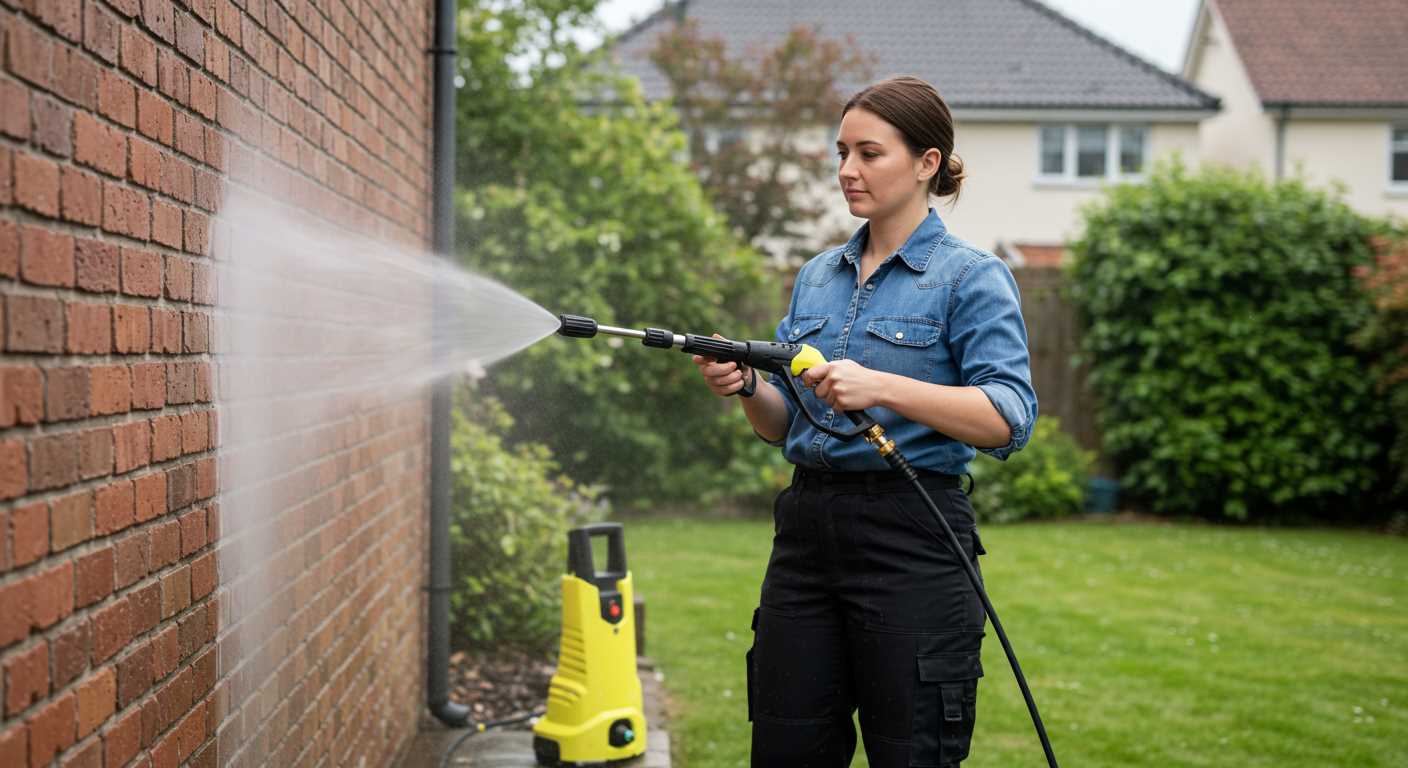
Exposure to high-velocity jets of water can lead to varying degrees of injury, depending on multiple factors. The force and distance from which the stream is directed significantly influence the potential harm. Even at moderate pressures, the direct application of water can penetrate skin layers, causing abrasions or more severe lacerations.
Injuries may range from superficial damage, like minor cuts and irritation, to significant trauma requiring medical assessment. When using such equipment, it’s crucial to maintain a safe distance–ideally over two feet–to minimise risk. Protective gear, such as gloves and long sleeves, should always be considered when operating machinery that emits high-pressure jets.
Types of injuries
Common injuries from high-pressure water include puncture wounds, bruising, and chemical burns if detergents are involved. It’s essential to identify symptoms immediately. Any persistent pain, swelling, or bleeding warrants prompt medical attention. Additionally, wounds should be cleaned thoroughly to prevent infections, as the force can introduce bacteria deep into tissues.
Prevention measures
.jpg)
Adopt the habit of inspecting equipment before use to ensure functionality, and never operate without reading user guidelines. Establish boundaries if others are nearby, as splatter can also cause harm. Awareness of surroundings and maintaining control over the stream are paramount for ensuring safety while using high-pressure cleaning tools.
Potential injuries caused by high-pressure cleaning equipment
Direct contact with high-velocity water can lead to serious injuries. Abrasions, lacerations, and contusions are common outcomes from misuse or accidents during operation.
Types of Injuries
- Abrasions: Skin can be scraped off if water pressure is too high or aimed at close range.
- Lacerations: Sharp jets can cut through skin layers, potentially causing deep wounds.
- Bruising: Forceful impact can result in contusions, leading to pain and swelling.
- Penetrating injuries: In extreme cases, water can penetrate the skin, potentially carrying foreign particles into deeper tissues.
Prevention Tips
- Always maintain a safe distance from surfaces being cleaned.
- Wear protective clothing such as gloves and goggles to minimise exposure.
- Ensure that all safety features of the equipment are functional before use.
- Consider undergoing training to understand proper techniques and safety measures.
- Be aware of surroundings and avoid using high-velocity equipment near people or pets.
Awareness of these hazards can significantly reduce the risk of injury while using high-pressure devices. Always prioritise safety precautions and proper techniques to protect yourself and others.
Safe practices when using a pressure cleaning device
Always wear appropriate personal protective equipment (PPE) when operating high-pressure cleaning equipment. This includes safety goggles, gloves, and long sleeves to protect your arms and hands from water and debris.
Stand at a safe distance from the surface being cleaned to minimise the risk of injury. Generally, a distance of about 30 centimetres is advisable; this keeps the high-pressure stream from contacting delicate areas.
Maintain Equipment
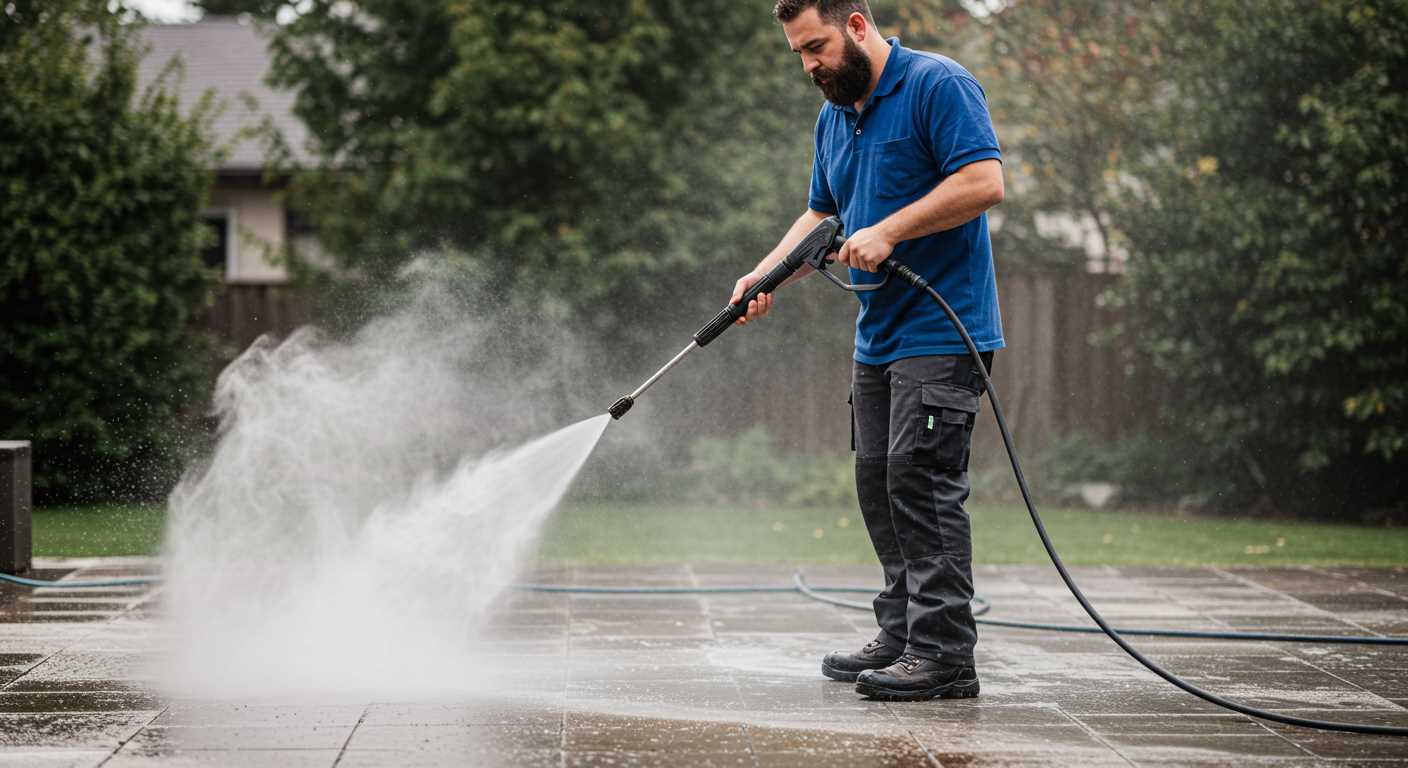
Regularly inspect and maintain the equipment prior to use. Check hoses, nozzles, and connections for wear and tear that could lead to malfunction or leaks. Ensuring that equipment is in good condition reduces the likelihood of unexpected accidents.
Proper Technique
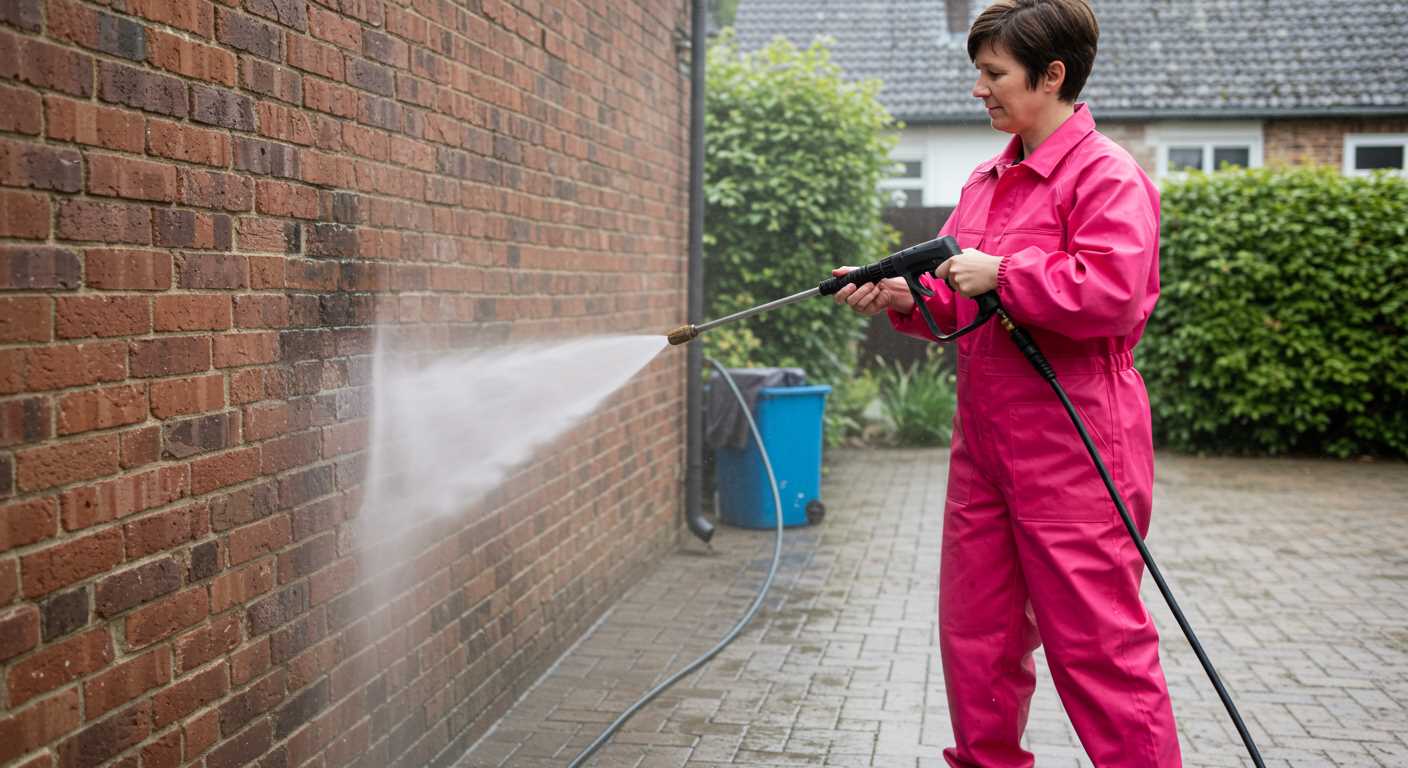
Use a steady, sweeping motion while cleaning surfaces. Avoid holding the nozzle in one place for too long to prevent skin abrasions and other injuries. Angle the nozzle properly to deflect water away from your body.
Lastly, remember to be aware of your surroundings. Be cautious of slippery surfaces, and ensure that bystanders are at a safe distance. Effective communication with others in the area can further enhance safety.
First aid measures for skin damage from high-pressure water
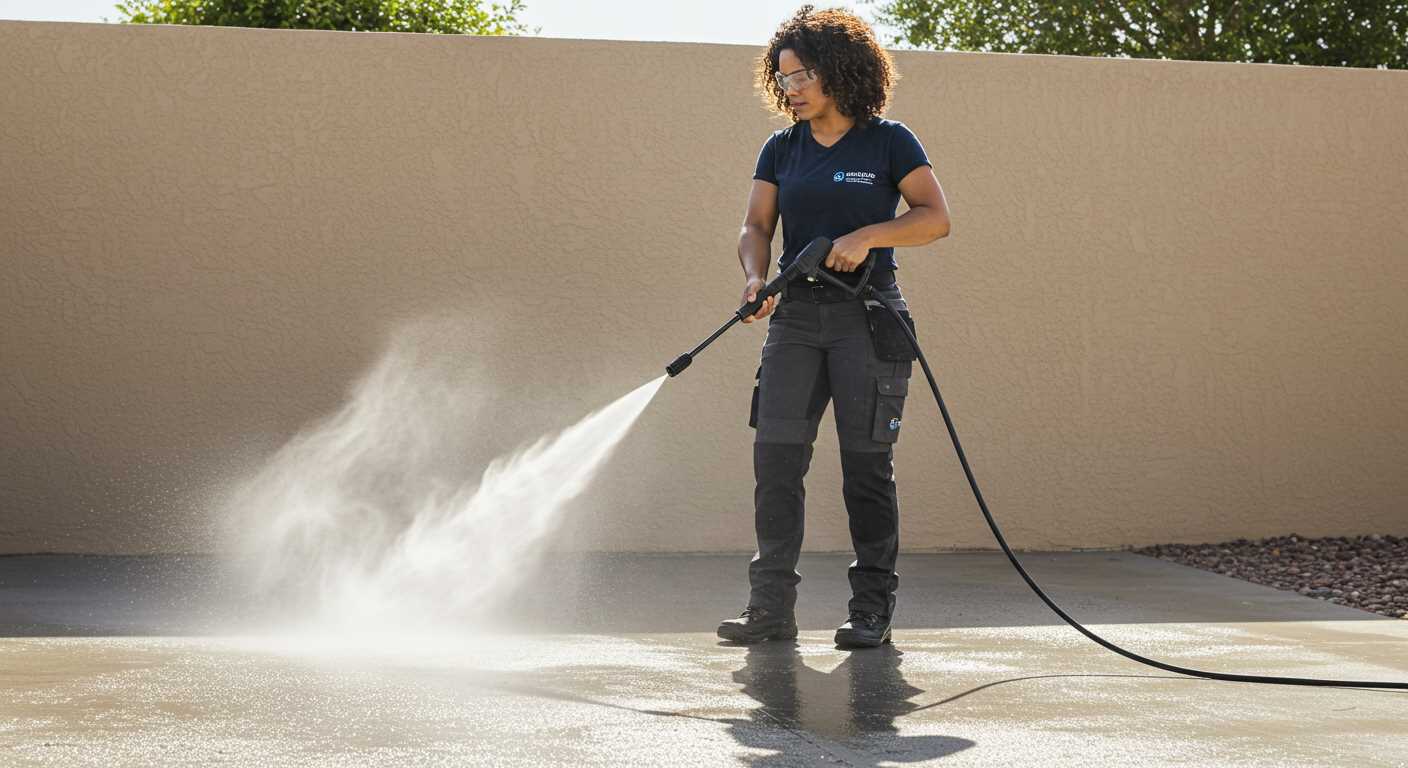
Immediately rinse the affected area with lukewarm water for at least 15 minutes. Avoid using cold water, as this may cause further irritation to the tissue.
Gently clean the wound with mild soap and water. Do not scrub; a gentle touch is essential to prevent exacerbating any damage.
If there are any embedded particles, such as dirt or debris, carefully remove them with sterile tweezers or a clean cloth. If this proves difficult or painful, seek medical attention.
Apply an antiseptic ointment to prevent infection. Keep the area covered with a sterile bandage to protect it from contaminants, especially if the wound is deep or oozing.
For mild burns or abrasions, over-the-counter pain relief such as ibuprofen or paracetamol can help manage discomfort. Always follow the dosage instructions on the package.
Monitor for signs of infection, including increased redness, swelling, or discharge. If any of these symptoms appear, or if pain worsens, contact a healthcare professional.
Should blisters develop, avoid popping them, as this can lead to infection. If they break on their own, clean the area gently and apply a bandage.
For severe injuries or if there is persistent bleeding, seek emergency medical care immediately. It’s critical to have any serious injuries assessed by a healthcare provider.
After tending to the injury, consider seeking advice from a medical professional for proper follow-up care and guidance on healing and rehabilitation.
Choosing the Right Pressure Settings for Safety
Begin with the lowest possible setting, ideally around 500 to 800 PSI, for delicate areas. Gradually increase pressure based on the surface and specific cleaning requirements.
| Surface Type | Recommended PSI Range | Notes |
|---|---|---|
| Wood | 500 – 800 PSI | Higher pressures can damage soft woods. |
| Brick | 1200 – 2000 PSI | Ensure not to target mortar joints too closely. |
| Concrete | 2000 – 3000 PSI | Use a wider spray pattern to avoid etching. |
| Metal | 1500 – 2500 PSI | Check for rust or damage before applying pressure. |
| Glass | 1000 PSI | Maintain an adequate distance to prevent shattering. |
Before starting, assess the surrounding area and ensure no vulnerable objects or people are within a 10-foot radius. Always wear protective gear, including gloves and eyewear, to safeguard against ricocheting debris and high-velocity water. Adjust angles and distances cautiously to further reduce risk.
Periodic testing of pressure settings on an inconspicuous area allows for adjustments without compromising safety. Familiarise yourself with your device’s guidelines for optimum usage and adhere to manufacturer’s specifications for varied surfaces to minimise potential hazards.
Finally, consider the nozzle size and spray pattern to compliment the pressure settings. A wider spray will help distribute force more evenly, reducing the likelihood of injury significantly.
Long-term effects of high-pressure water exposure on dermal layers
Repeated or prolonged exposure to high-velocity water can lead to chronic skin conditions. Initially, minor injuries like abrasions may develop, but over time, the risk of skin thinning increases significantly.
The outer layer, known as the epidermis, can become compromised, leading to an inability to retain moisture. This may result in persistent dryness, flakiness, and an increased likelihood of dermatitis. Long-term users may also experience heightened sensitivity to environmental factors.
Dermal exposure can also influence skin pigmentation. Areas subjected to intense water streams might become either hyperpigmented or hypopigmented, depending on individual skin reactions. Individuals with pre-existing skin conditions such as eczema or psoriasis may experience exacerbation of their symptoms.
Moreover, frequent direct contact with pressurised blasts can disrupt natural oil production, making the skin more susceptible to infections and other irritations. This is particularly concerning for those working in outdoor environments, where UV exposure compounds the issue.
Utilizing protective gear, such as gloves and long sleeves, is crucial to mitigate these long-term effects. Regular moisturisation can also help combat dryness and maintain skin integrity.


